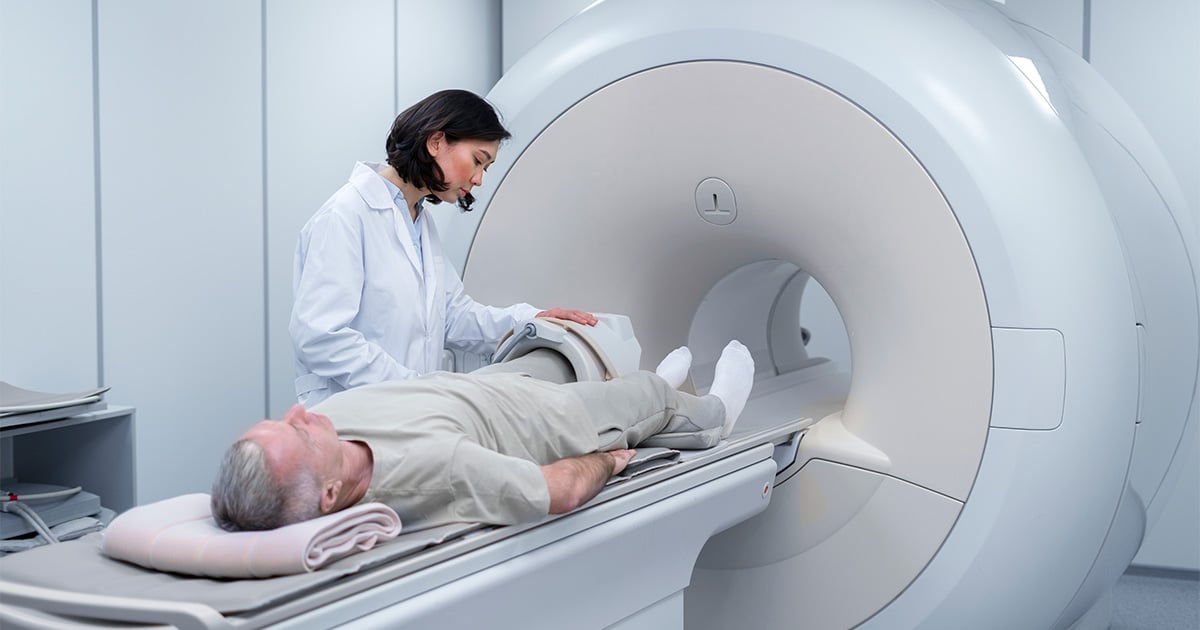If you’ve been injured in an accident and are pursuing a personal injury claim, you might be wondering how critical an MRI is for your case. Magnetic Resonance Imaging (MRI) technology has long been a staple in medical diagnostics. But in 2025, advancements in this technology have made MRIs more crucial than ever in personal injury cases. From accurate injury diagnosis to building a robust legal argument, MRIs play an indispensable role.
This blog explores why MRIs are so essential, how their role has evolved, and what you can expect from their use in 2025 within personal injury cases. Whether you’re facing an insurance battle, seeking legal advice, or simply want a better understanding of this technology, we’ll break it all down for you.
Understanding MRIs in Personal Injury Cases
What is an MRI and How Does It Work?
Magnetic Resonance Imaging (MRI) is a non-invasive diagnostic tool that uses strong magnetic fields and radio waves to produce detailed images of the body’s internal structures. Unlike X-rays or CT scans, MRIs are highly effective at capturing soft tissue injuries, such as torn ligaments, herniated discs, or muscle damage—common injuries in car accidents or slip-and-fall incidents.
MRIs are particularly valuable because they can detect injuries that are not immediately apparent. For example, whiplash and spinal injuries may not show symptoms until days or even weeks after an accident. Early imaging can ensure these hidden injuries are documented and addressed promptly.
Why Timing Matters
Timing is everything in personal injury cases. Delayed diagnosis can lead to long-term health complications or even a reduced chance of winning your claim. MRIs offer a detailed snapshot of injuries right after an incident, ensuring timely treatment and strengthening your evidence for claims and lawsuits. If you’re hesitant about undergoing one, remember that an early MRI can fundamentally change the outcome of your case and your recovery.
The Evolution of MRIs in Personal Injury Cases
How MRI Technology Has Advanced by 2025
The MRI landscape has undergone significant transformation over the years. Cutting-edge advancements in 2025 have pushed MRI technology further in terms of speed, accuracy, and accessibility. Here’s what has changed:
- Enhanced Imaging Quality: New-generation MRIs offer ultra-high-resolution imaging, enabling doctors to detect even the smallest injuries with pinpoint precision.
- Faster Scans: In 2025, MRIs take a fraction of the time they used to. This is particularly advantageous for patients experiencing severe discomfort or time constraints.
- Portable MRI Machines: Some healthcare providers now offer portable MRI machines, making scans accessible even for patients in remote or underserved areas.
These technological improvements mean fewer missed diagnoses, quicker treatments, and more compelling evidence for your injury claims.
Better Diagnosis for Complex Injuries
Advanced MRI technology has enabled better assessments for conditions like Traumatic Brain Injuries (TBI) and Chronic Pain Syndromes—medical issues that are notoriously difficult to diagnose. These developments ensure that personal injury victims receive the proper care and compensation they deserve.
The Legal and Medical Significance of MRIs in 2025
MRIs as Key Evidence in Injury Cases
Legal battles often come down to evidence, and few pieces of evidence are as compelling as an MRI report. Detailed imaging results can:
- Clearly demonstrate physical injuries that are otherwise invisible to the naked eye.
- Link injuries directly to an accident, countering claims that they were pre-existing.
- Bolster expert testimonies, such as those from medical professionals in court.
If you’re involved in an insurance claim or lawsuit, having an MRI can give you an undeniable edge, ensuring that your injuries are factually and visually documented.
Impact on Insurance Claims and Settlement Outcomes
MRIs serve as the backbone for personal injury claims in 2025. More insurance companies are relying on the indisputable findings of MRI reports to process claims fairly. An MRI can show the severity of your injury, which often directly correlates with the compensation amount. Without this evidence, insurance adjusters may downplay or outright deny your injuries, leaving you undercompensated.
Accessibility and Affordability of MRIs in 2025
Availability of MRIs in 2025
One of the best developments in recent years is the widespread availability of MRIs. The integration of smaller, cost-effective MRI machines in clinics and outpatient facilities means that you don’t have to wait weeks for a scan or rely solely on large hospitals. Faster access to MRIs ensures quicker treatment and more efficient legal proceedings for personal injury cases.
Improved Affordability
Medical policies and technological advancements have collectively driven down the cost of MRIs. Many personal injury victims now have access to these critical scans without the financial burden they once carried. Some insurance policies even cover full or partial costs, making it easier to get the care and documentation you need.
Government and Private Initiatives
Several initiatives in 2025 focus on ensuring affordable and timely access to imaging technology. From telemedicine programs to subsidized diagnostic centers, MRI scans are reaching people who need them most—turning them into a universal tool for justice and recovery.
The Future of MRIs in Personal Injury Cases
Emerging Trends in MRI Technology
Looking ahead, here’s how MRI technology may evolve:
- AI-Driven Interpretations: Artificial intelligence is being integrated into MRI machines to provide instant and highly accurate reports, reducing the reliance on radiologist availability.
- Real-Time Diagnostics: Future MRIs may offer real-time imaging during surgeries or other medical procedures, enabling immediate decision-making.
- Personalized Imaging Protocols: Tailored MRI scans for specific injuries or conditions could enhance diagnostic precision further.
Implications for Personal Injury Cases
With these future advancements, MRIs will continue solidifying their role in personal injury cases. Faster reporting, heightened accuracy, and advanced diagnostic capabilities will make it even harder for insurance companies or legal teams to deny claims based on insufficient evidence.
What Should You Do After a Personal Injury?
Following a personal injury, getting an MRI should be a top priority. Here’s why:
- Early Diagnosis helps you avoid worsening injuries.
- Proper Evidence strengthens your legal and insurance claim.
- Quick Recovery ensures you’re on track physically and financially.
Don’t wait for symptoms to worsen—act now. If cost or accessibility is a concern, explore local diagnostic facilities, speak with your lawyer, or check if your healthcare provider covers the cost of MRIs. Staying informed and proactive about advancements in imaging technology will ensure that you’re positioned for the best outcome possible in your case.





























